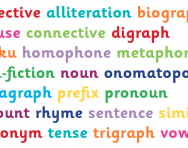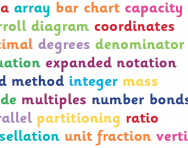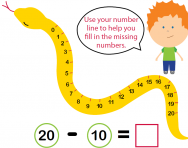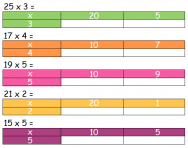What is 'scaffolding' learning?

Find out what 'scaffolding' learning means and how teachers use this technique in the classroom to help children master different skills.
What is 'scaffolding' learning?
When teachers talk about 'scaffolding' learning, this means providing some kind of framework on paper that will support a child in learning a particular skill.

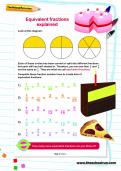
Start a unique learning programme!
- Weekly programme for each school year
- Worksheets sent direct to your inbox
- Keeps your child's learning on track
Examples of this in literacy could include:
- 'Cloze procedure', where a child is given a sentence and needs to fill in the missing words with their own words, for example they may be asked to put two adjectives into this sentence:
I saw a __________, ___________ dog.
- Writing frames where a child is given a sheet with demarcated sections and prompts to enable them to lay their writing out in a particular way and include particular features.
Examples of this in numeracy could include:
- When learning to subtract on a number line, providing children with a ready-drawn number line to make the process of finding the difference clear:
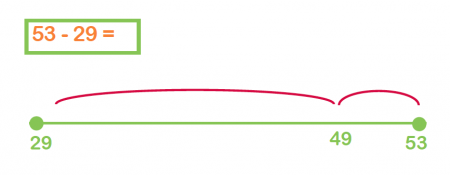
- Providing the children with a ready-drawn grid when they are learning to multiply using the grid method:

It is important for teachers to be perceptive when considering which children need to have scaffolding provided for the learning and which are able to work independently without this. Scaffolding is an important tool in providing children with the support that helps them to build their confidence so that they can move onto setting out their learning without this aid.

Give your child a headstart
- FREE articles & expert information
- FREE resources & activities
- FREE homework help
By proceeding you agree to our terms and conditions. For information on how we use your data, see our privacy policy. You will receive emails from us but can opt out at any time.


